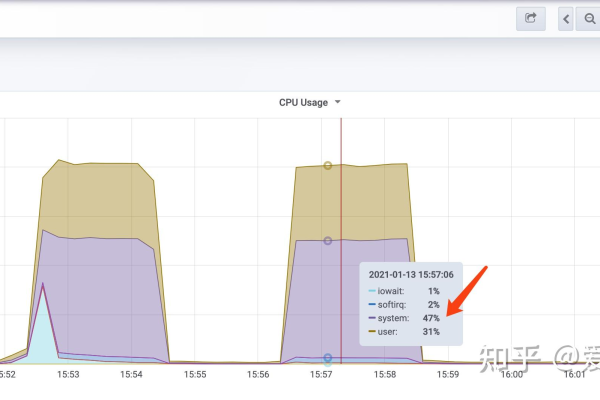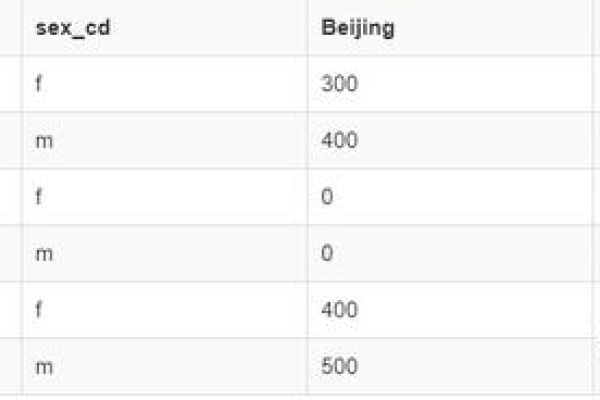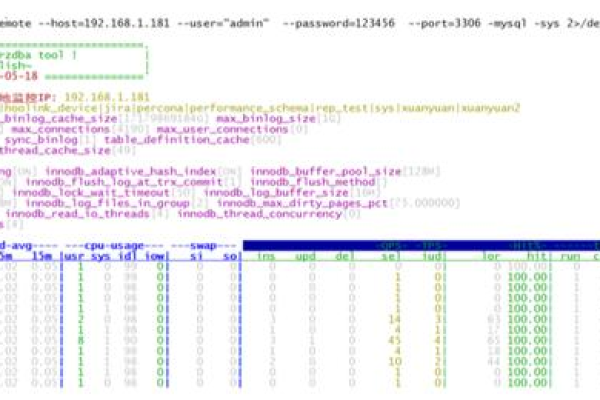如何进行MySQL数据库的独享型压力测试?
- 行业动态
- 2024-08-15
- 5
在当今的技术环境中,MySQL作为一个广泛使用的关系型数据库管理系统,其性能对整个应用系统的稳定性和效率起着至关重要的作用,进行有效的压力测试不仅可以帮助了解数据库在不同负载下的表现,还可以指导系统的优化和升级,本文将详细介绍如何进行MySQL数据库的压力测试,特别是独享型测试数据的生成与管理。
进行压力测试之前,需要准备充分的测试数据,数据的准备可以通过多种方式实现,其中最常见和有效的方法包括使用专门的测试工具如mysqlslap及编写自定义的代码来批量插入数据,选择何种方法取决于测试的具体需求和现有的资源条件。
mysqlslap是一个强大的原生MySQL压力测试工具,自5.1.4版本开始引入,它通过模拟多个并发客户端的方式对MySQL服务器进行访问,从而执行压力测试,使用mysqlslap时,可以指定测试的数据量级(如千万级别数据),并可以选择进行查询操作的性能测试或SQL优化,这种工具尤其适合需要进行大规模数据测试的场景,能够较真实地模拟实际应用中的数据库访问情况。
另一种常见的压力测试方法是使用sysbench,这是一个基于Lua脚本的基准测试工具,支持多种数据库系统,包括MySQL,Sysbench可以进行综合的性能测试,包括但不限于OLTP(在线事务处理)测试,这使其成为评估数据库在处理大量事务时表现的理想工具,相较于mysqlslap, sysbench 提供了更多的定制化选项,允许用户更灵活地设计测试场景。

对于希望进行更具体或定制化测试的用户,编写代码进行数据批量插入成为一种可选方案,这种方式可以让测试者完全控制数据生成的逻辑,适用于需要特定数据分布或特殊数据类型的测试场景,通过编程语言如Python或Java编写脚本,可以直接与MySQL数据库交互,精确控制数据的插入过程和结果。
进行压力测试的另一个重要方面是监控和分析测试结果,无论使用哪种测试工具,都需要关注测试过程中的关键性能指标,如响应时间、吞吐量、错误率等,这些数据将为后续的系统优化提供依据,利用如MySQL的Performance Schema和sysschema等内置工具,可以进一步分析查询的执行计划和性能瓶颈。
综上,进行MySQL数据库的压力测试是一个涉及多个步骤和技术的过程,从选择合适的测试工具到具体的测试执行,再到结果的分析与优化,每一步都需要精心计划和执行,通过高效的压力测试,可以确保数据库在实际运行中的稳定性和效率,这对于任何依赖数据库运行的应用系统都是至关重要的。
FAQs

什么是MySQL压力测试的最佳实践?
在进行MySQL压力测试时,最佳实践包括使用合适的测试工具,如mysqlslap或sysbench;确保测试数据的规模和复杂度符合实际应用场景;持续监控测试过程中的关键性能指标;以及测试后详细分析性能瓶颈并进行调整。
如果测试结果显示数据库性能不达标,应该如何优化?
如果测试结果显示性能问题,可以考虑以下几个方面进行优化:首先检查并调整数据库的配置参数,比如缓冲池大小、线程数等;优化索引以加快查询速度;查看慢查询日志定位低效的查询并进行优化;考虑硬件升级如增加内存或改善存储I/O性能。








